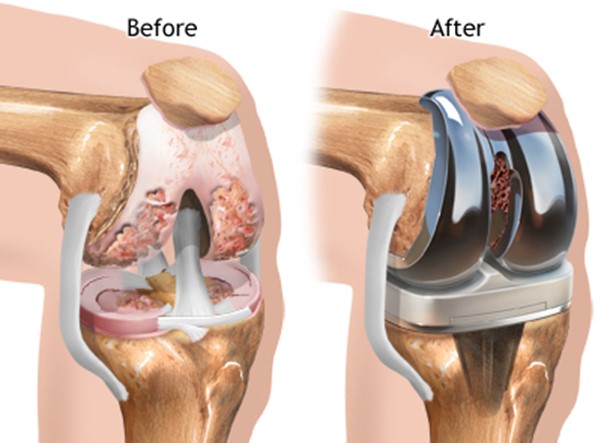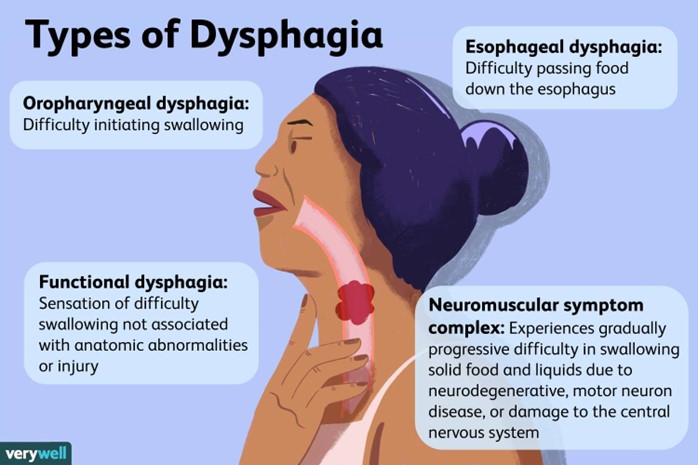A nurse is teaching a client how to manage edema following knee replacement surgery. Which of the following interventions should the nurse include in the teaching?
Apply ice packs for 15 minutes every hour.
Elevate the affected leg above the heart level.
Consume nutrition-dense foods first.
Wear compression stockings during the day.
The Correct Answer is B
Choice A reason: Applying ice packs for 15 minutes every hour is not an effective intervention for managing edema following knee replacement surgery because it can impair blood circulation and delay healing. Ice packs can also cause frostbite or nerve damage if applied for too long or too frequently. Ice packs should be used only for the first 24 to 48 hours after surgery and with a cloth barrier between the skin and the ice.
Choice B reason: Elevating the affected leg above the heart level is an effective intervention for managing edema following knee replacement surgery because it can reduce swelling and pain by facilitating venous return and lymphatic drainage. Elevation can also prevent blood clots and infection by improving blood flow and oxygen delivery to the wound site.
Choice C reason: Consuming nutrition-dense foods first is not a relevant intervention for managing edema following knee replacement surgery because it does not directly affect fluid balance or wound healing. Nutrition-dense foods are those that provide high amounts of nutrients per serving, such as eggs, cheese, nuts, beans, and meat. Nutrition-dense foods are important for overall health, but not specifically for edema management.
Choice D reason: Wearing compression stockings during the day is not a recommended intervention for managing edema following knee replacement surgery because it can interfere with wound healing and increase the risk of infection. Compression stockings can also cause skin irritation, blisters, or ulcers if worn incorrectly or too tightly. Compression stockings should be avoided until the wound is fully healed and only used under medical supervision.

Nursing Test Bank
Naxlex Comprehensive Predictor Exams
Related Questions
Correct Answer is B
Explanation
Choice A reason: Hot dog cut in fourths is not an appropriate food choice for toddlers because it is still a choking hazard. Hot dogs are cylindrical and firm, which can block the airway of a child. Hot dogs should be avoided or cut into thin slices and small pieces before offering to toddlers.
Choice B reason: Cooked spaghetti with sauce is an appropriate food choice for toddlers because it is soft, easy to chew, and provides carbohydrates, protein, and vitamins. Cooked spaghetti can be cut into short strands and mixed with sauce to make it more appealing and moist for toddlers.
Choice C reason: Steak cut into small pieces is not an appropriate food choice for toddlers because it is tough, dry, and hard to chew. Steak can cause choking or difficulty swallowing for toddlers who have not developed their molars and chewing skills. Steak should be avoided or minced and moistened before offering to toddlers.
Choice D reason: Caramel popcorn is not an appropriate food choice for toddlers because it is sticky, sweet, and hard. Caramel popcorn can stick to the teeth and gums, causing dental caries and gum infections. Popcorn can also cause choking or aspiration for toddlers who have not mastered their swallowing reflex. Popcorn should be avoided until the child is at least 4 years old.
Correct Answer is B
Explanation
Choice A reason: Telling the client to lie down after eating can increase the risk of aspiration pneumonia, as food or liquids can enter the lungs more easily when lying down.
Choice B reason: Instructing the client to tuck her chin when swallowing can help prevent aspiration pneumonia, as it closes off the airway and directs food or liquids into the esophagus.
Choice C reason: Placing the client in a Fowler's position to eat can help prevent aspiration pneumonia, as it elevates the head and chest and allows gravity to assist with swallowing.
Choice D reason: Encouraging the client to drink water before each meal can increase the risk of aspiration pneumonia, as it can thin out saliva and make it harder to control swallowing.

Whether you are a student looking to ace your exams or a practicing nurse seeking to enhance your expertise , our nursing education contents will empower you with the confidence and competence to make a difference in the lives of patients and become a respected leader in the healthcare field.
Visit Naxlex, invest in your future and unlock endless possibilities with our unparalleled nursing education contents today
Report Wrong Answer on the Current Question
Do you disagree with the answer? If yes, what is your expected answer? Explain.
Kindly be descriptive with the issue you are facing.
